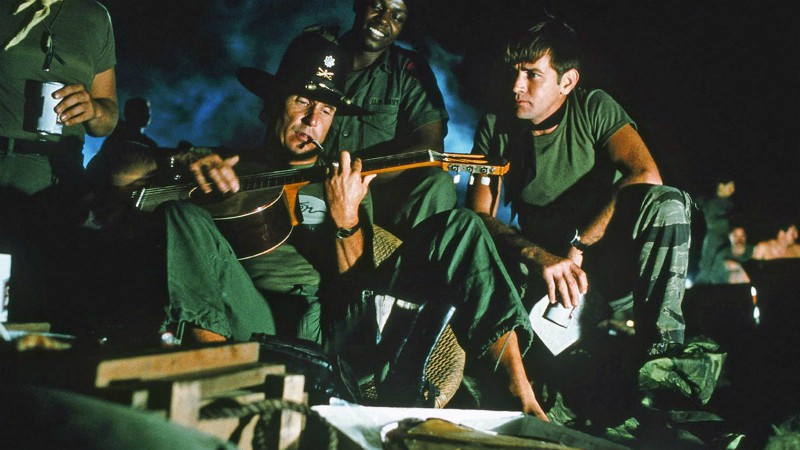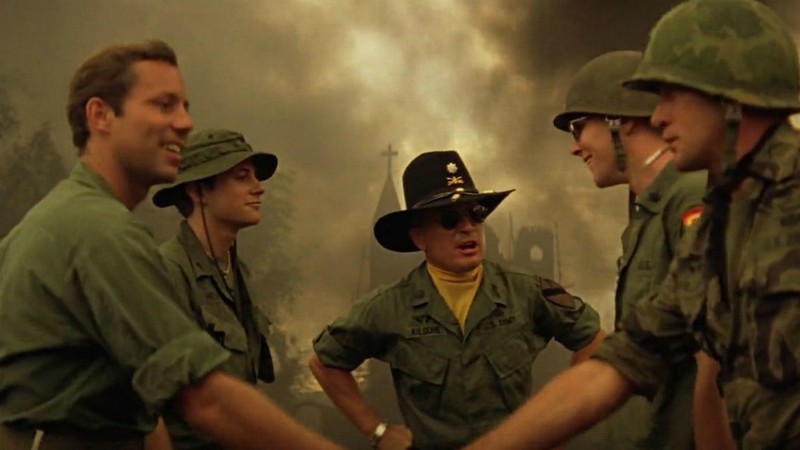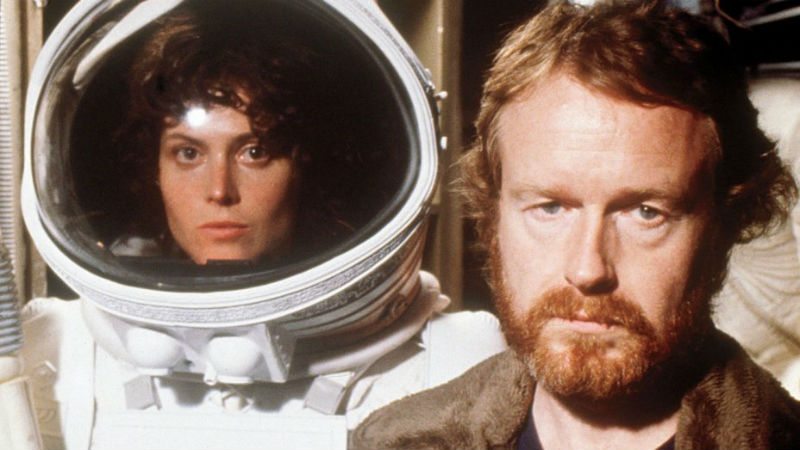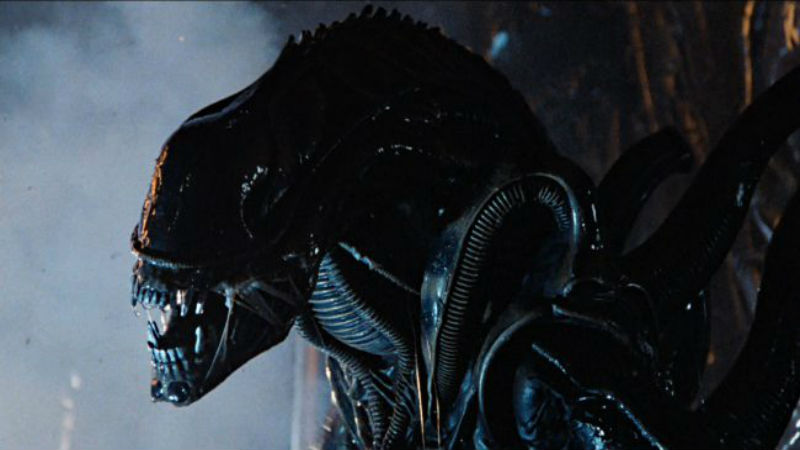Francis Ford Coppola once quipped, “My film is not about Vietnam, it is Vietnam.” After all, the infamously chaotic production was beset by typhoons, Martin Sheen’s near-fatal heart attack and an overweight and unprepared Marlon Brando. Perhaps most daunting, however, was the one million feet of film that Coppola personally edited. One million feet – that’s almost two hundred miles. It is no wonder that such a vast, unwieldy production would ultimately come in three incarnations – the theatrical cut, Redux, and now Final Cut.
At the risk of sounding dismissive, the theatrical cut remains the best. The additional content of the latter versions extends an already bloated mid-narrative slack, undermining the terrific impression made by the opening hour. Indeed, the opening hour of Apocalypse Now is perhaps the most epically staged in cinematic history; few films can match its craft and sheer scale. And in Final Cut, it’s never looked or sounded better.

The 4K transfer is crisp, clean and punchy, especially in mid-to-close range shots. The shot of water running down Brando’s head, for example, is exquisitely detailed, and the black levels of the darkness that surrounds him are superb, too. The acoustics have also received a significant upgrade, enveloping you in the thunderous chaos of battle and the eerie synth of Carmine Coppola’s score. I had the privilege of seeing and hearing this in an IMAX auditorium with a 90ft screen, but the new 4K Blu-ray box set is sure to be reference quality material for every enthusiast’s home media set-up.
However, there is an issue beyond the spectacle and it is that mid-narrative slack, which is true of even the theatrical cut. This is a consequence of the film’s firmly linear structure – it is an adventure story with a beginning, middle and end. So when the tremendous pace and scale of the opening is confined to a boat with a largely forgettable crew, there are passages where one wills for them to reach their destination.
This is symptomatic of Apocalypse Now’s emphasis on mood and themes rather than characterisation. War, power and madness are presented in a brooding, hallucinatory style that grows as Willard’s crew navigates the seemingly interminable bends of the Nung River. When they finally arrive at Kurtz’s compound their hell descends into the realm of Hieronymus Bosch.

It is here that Apocalypse Now returns to the masterful form of the opening hour. Corpses and severed heads litter and almost adorn the compound with a disturbing authenticity as the steely Willard is greeted by a manic photojournalist, played with obscene self-parody by Dennis Hopper. He acts as an emissary between Willard and Kurtz, whose fatalistic dynamic is realised with gripping ambiguity. Despite all of Brando’s cantankerous self-indulgence on set, he brings an effortless magnetism to Kurtz, especially during the haunting monologue about the inoculated little arms.
What more can one say about Apocalypse Now? Further superlatives would be redundant. Ultimately, Coppola’s Final Cut is for the enthusiast and the collector – and it delivers admirably.
The 40th anniversary edition of Apocalypse Now Final Cut is out on 4K Ultra HD & Blu-ray on Monday, September 16 (2019). On Mubi in September 2020.










